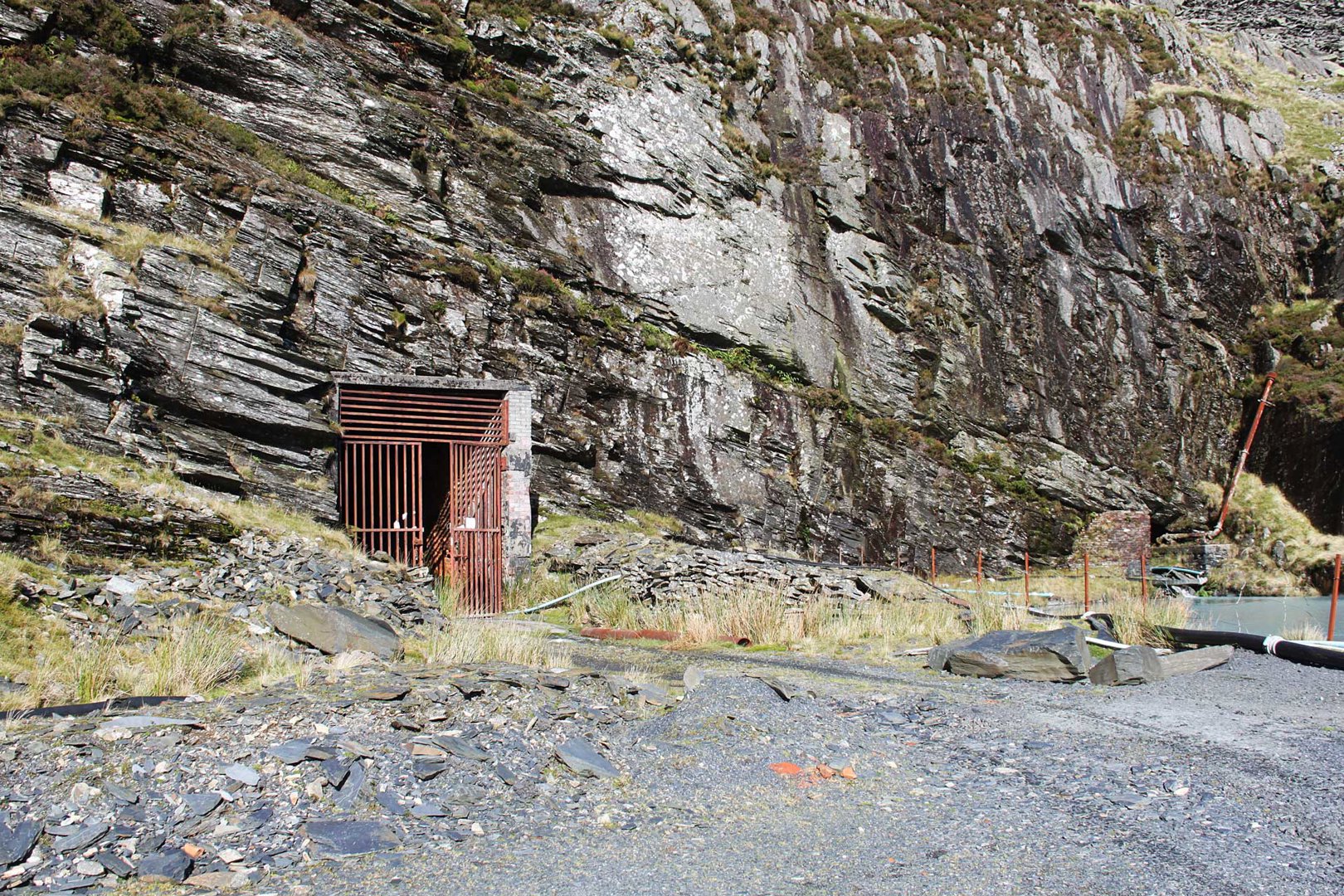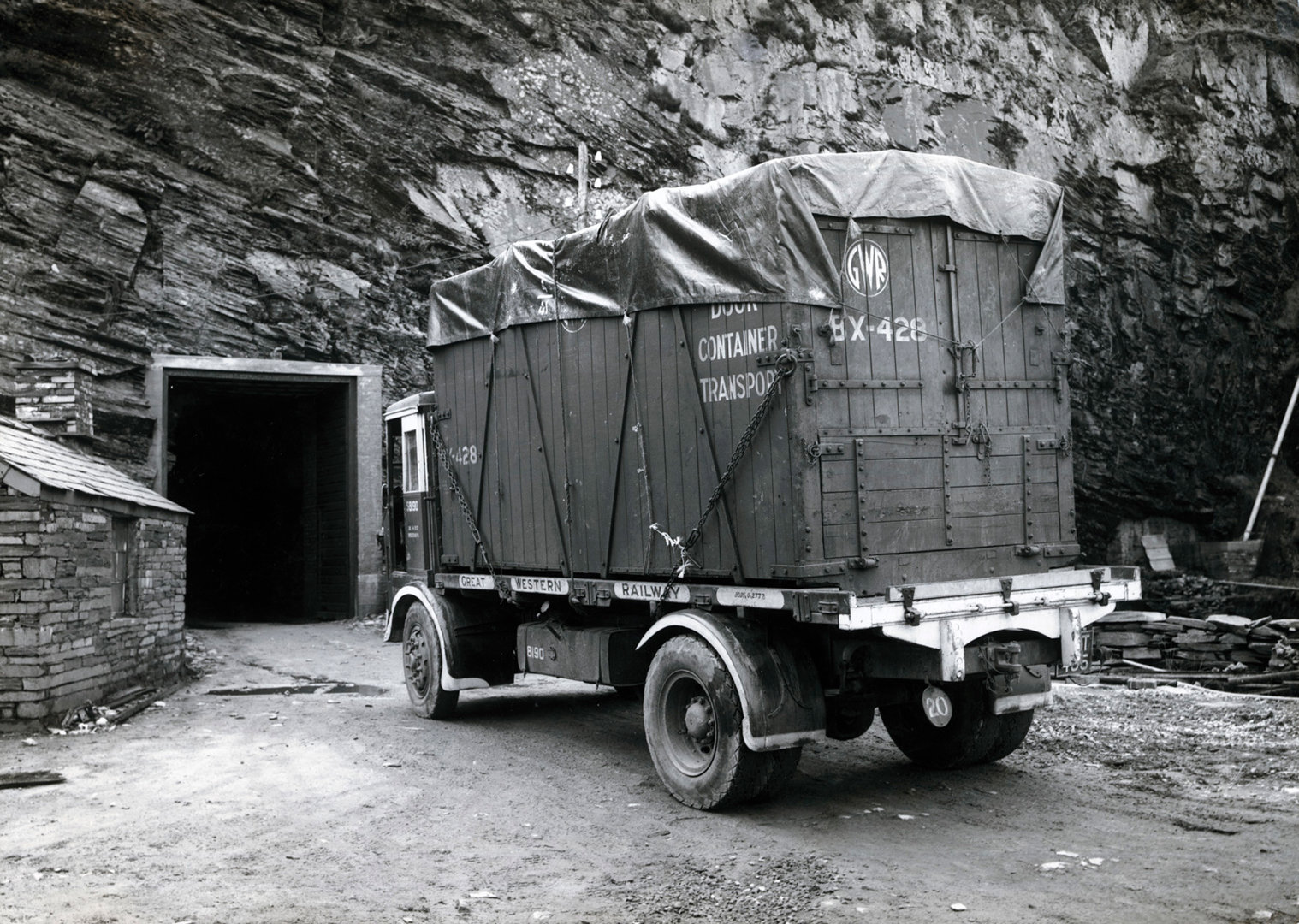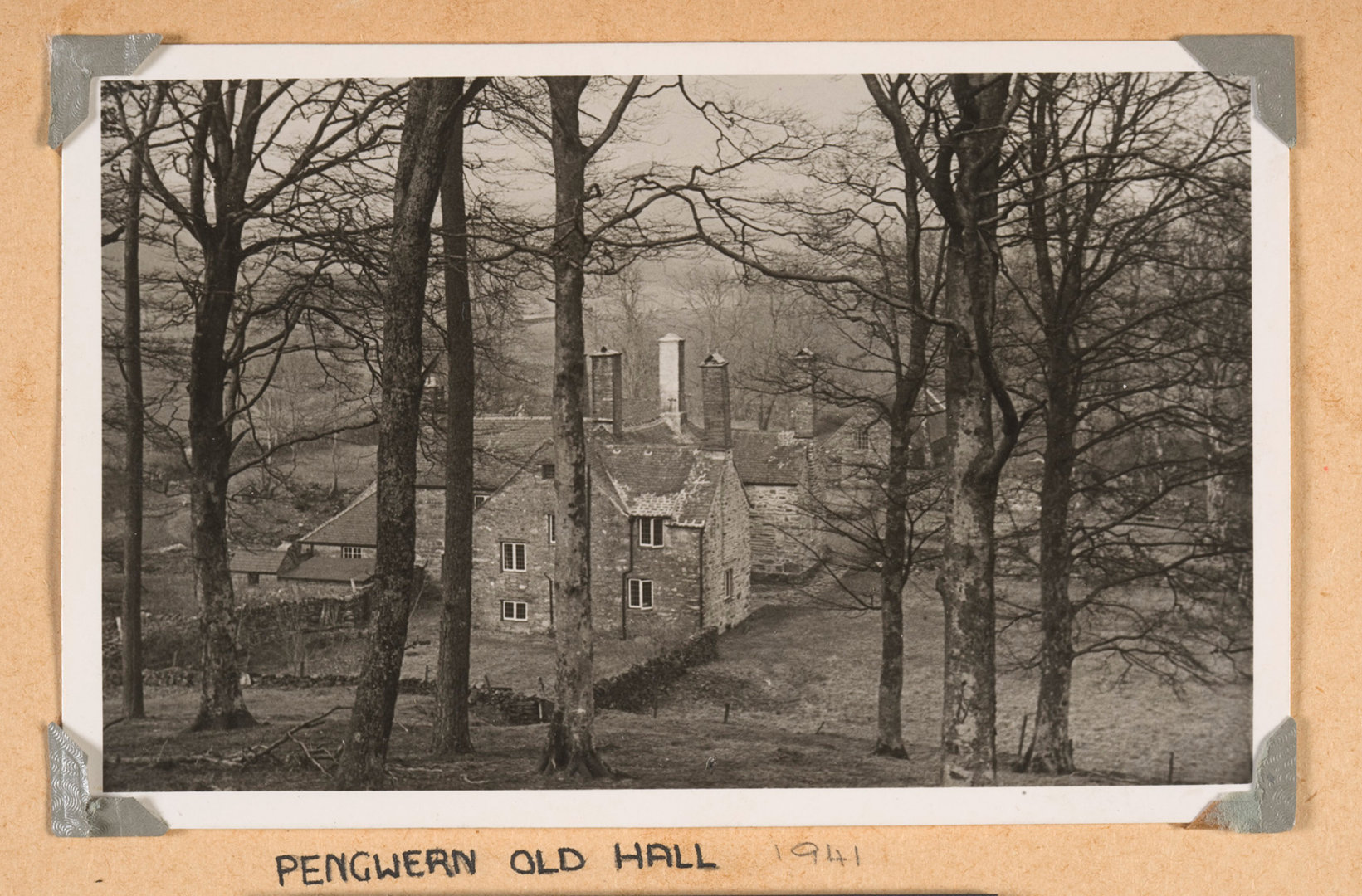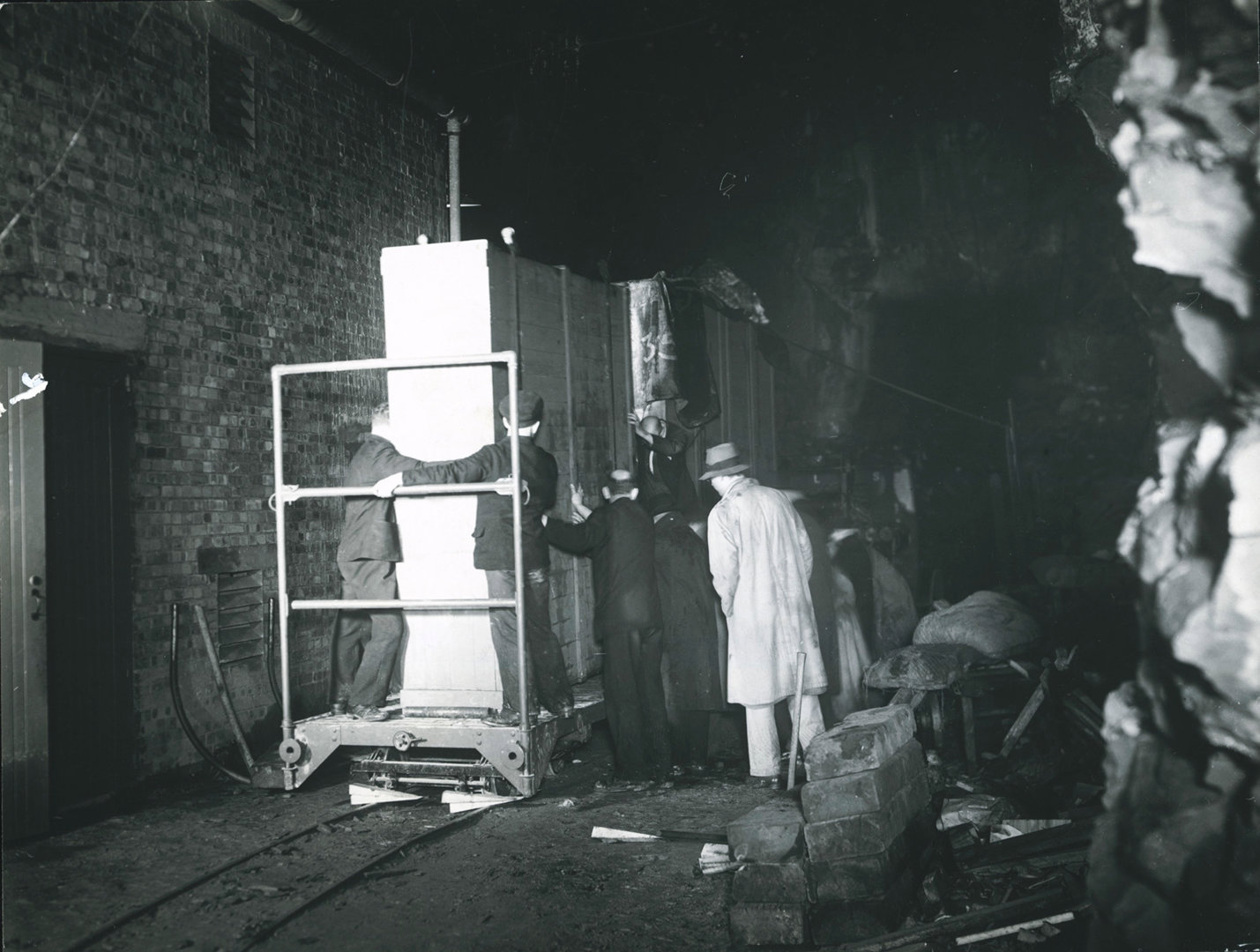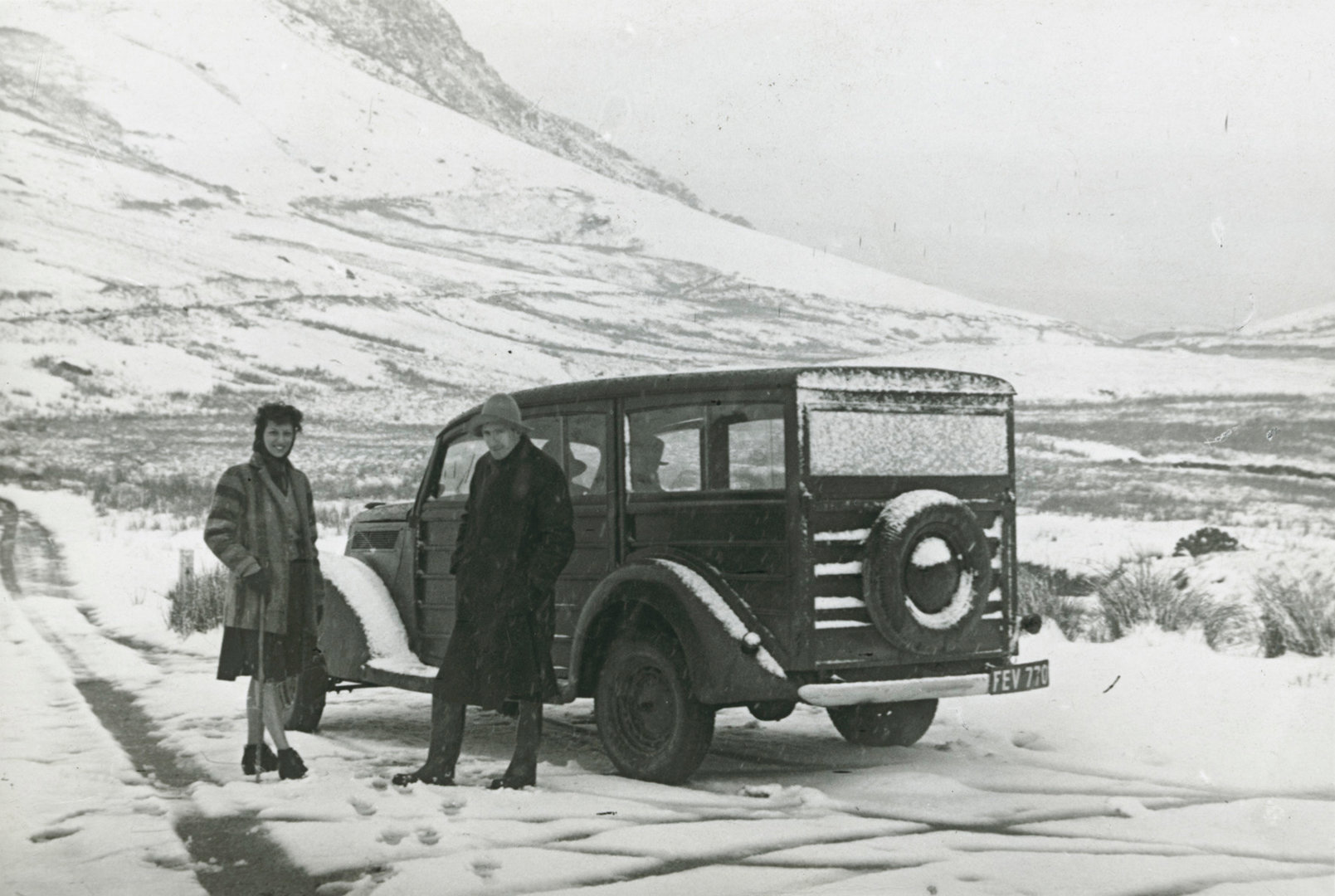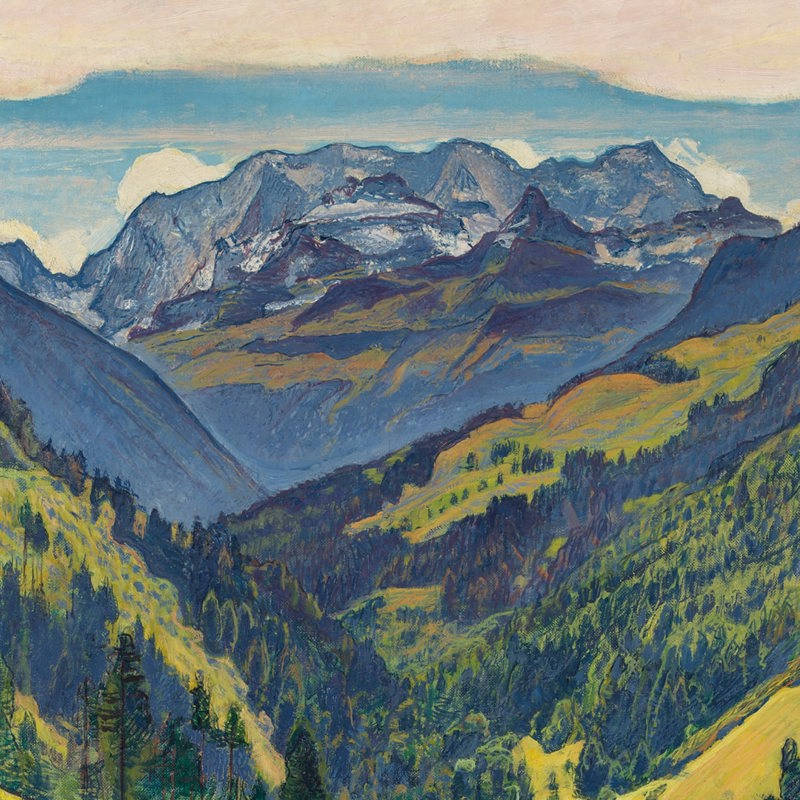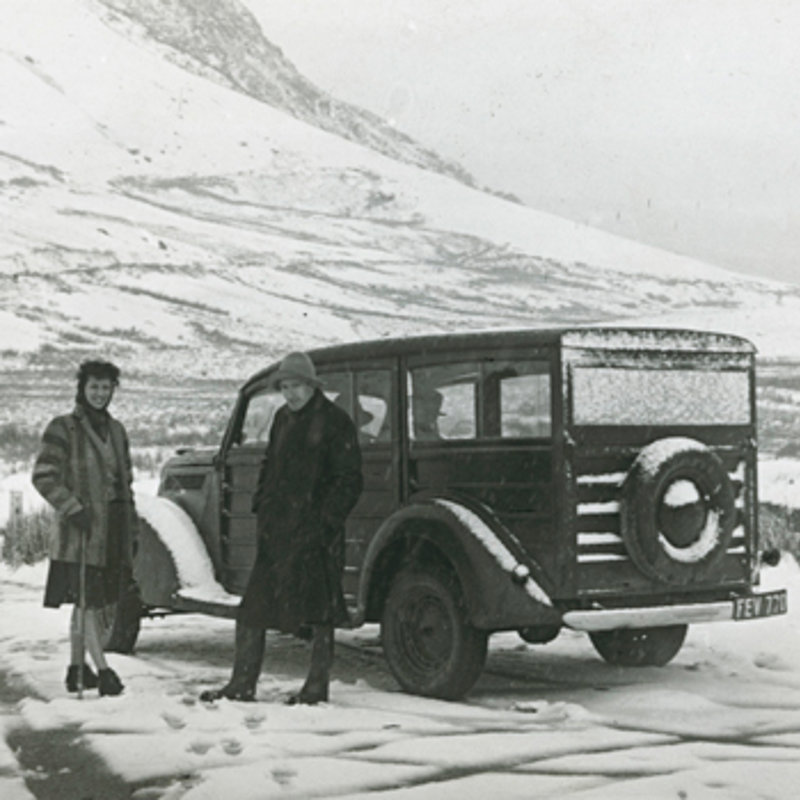
Pauline Matthews' legacy gift
Memories of the Gallery and Manod
Manod and the National Gallery
We are enormously grateful to the late Miss Pauline Matthews OBE for her generosity towards the Gallery.
Pauline Matthews was the daughter of Captain John Sydney Matthews, owner of the quarry at Manod in north Wales where the National Gallery’s paintings were kept during the Second World War.
Initially, the paintings were transferred to a selection of temporary homes in north Wales for protection at the outbreak of war, but the conditions were far from satisfactory, and a more permanent home was found in autumn 1940 at Manod near Blaenau Ffestiniog, the centre of the Welsh slate mining industry. The underground quarry was requisitioned by the Government and extensive modifications were made to the interior in preparation for the arrival of the precious works.
Life underground
A teenager at the time, Miss Matthews visited the storerooms on a few occasions with her father and retained a very vivid recollection of them. Unlike some of the owners of properties requisitioned by the government during the war, Captain Matthews welcomed the arrival of the paintings and was an enthusiastic supporter of the National Gallery’s members of staff who were sent to the site.
The research work carried out at that time by Martin Davies, assistant keeper (what we would call senior curator today) and Ian Rawlins, scientific advisor to the National Gallery, fascinated Captain Matthews, and he took a lively interest in their discoveries. Nearby, Pengwern Old Hall, which also belonged to Captain Matthews, accommodated Davies and Rawlins during their wartime stay.
An unlikely conservation studio
In addition to the storerooms constructed inside the quarry caves, a conservation studio was built outside, near the entrance to the mine, and many paintings were cleaned and restored during their stay in Wales. Ian Rawlins had pioneered X-ray photography of paintings and, thanks to this new technique, many interesting discoveries were made about the works during this time. He described these to Captain Matthews who would, in turn, enthusiastically recount the information to his daughter.
Memories of Manod
Miss Matthews pursued a successful career in nursing after the war and kept a fond memory of the paintings’ temporary residence in her father’s mine. In an interview she gave in 2012, she recounted wonderful snippets about the secrecy surrounding the site and the character of Martin Davies who intrigued the local inhabitants by his eccentric attire.
She was particularly taken by what she described as Davies' ‘sou’wester’ hat, which was in fact - as legend would have it - a cloche hat bequeathed to him by an aunt! Apparently, he would nurse a half-pint for hours in the local pub, deeply engrossed in whatever book he was reading. She also recalled that he wore plimsolls around the village which, at the time, was highly unusual footwear for a man in his position. Many years later, in 1968, he became Director of the National Gallery.
After the war
At the end of the war, the paintings were returned safe and sound to Trafalgar Square, and Pauline Matthews, inspired by her father’s enthusiasm, retained an enduring interest in the National Gallery’s work. She was awarded an OBE in 1979 for Services to Nursing and Volunteering in Wales.
To commemorate her family’s historic connection with the national collection, Miss Matthews left a generous legacy of £7,000 in her Will to the Gallery’s Conservation Department in memory of her father. Her thoughtful gift has enabled our specialists to provide the best treatments for the treasures in our care, ensuring they continue to inspire and delight for generations to come.
A gift in your Will
We would like to thank the late Miss Matthews for her generosity, as well as all those who have left a gift in their Will to the National Gallery. Gifts in Wills play an important role in the Gallery’s activities. No matter how small or large, legacy gifts have the power to help us care for, grow and share the nation’s collection to ensure it is there for everyone, always.
If you would like to learn more about supporting the Gallery in this way, please contact our Legacy Manager, Meredith Loper, via email: Meredith.Loper@nationalgallery.org.uk, or telephone: 020 7747 5982.
Alternatively, additional information, including our legacy film, is available to watch on our website: nationalgallery.org.uk/support-us/leave-a-legacy

